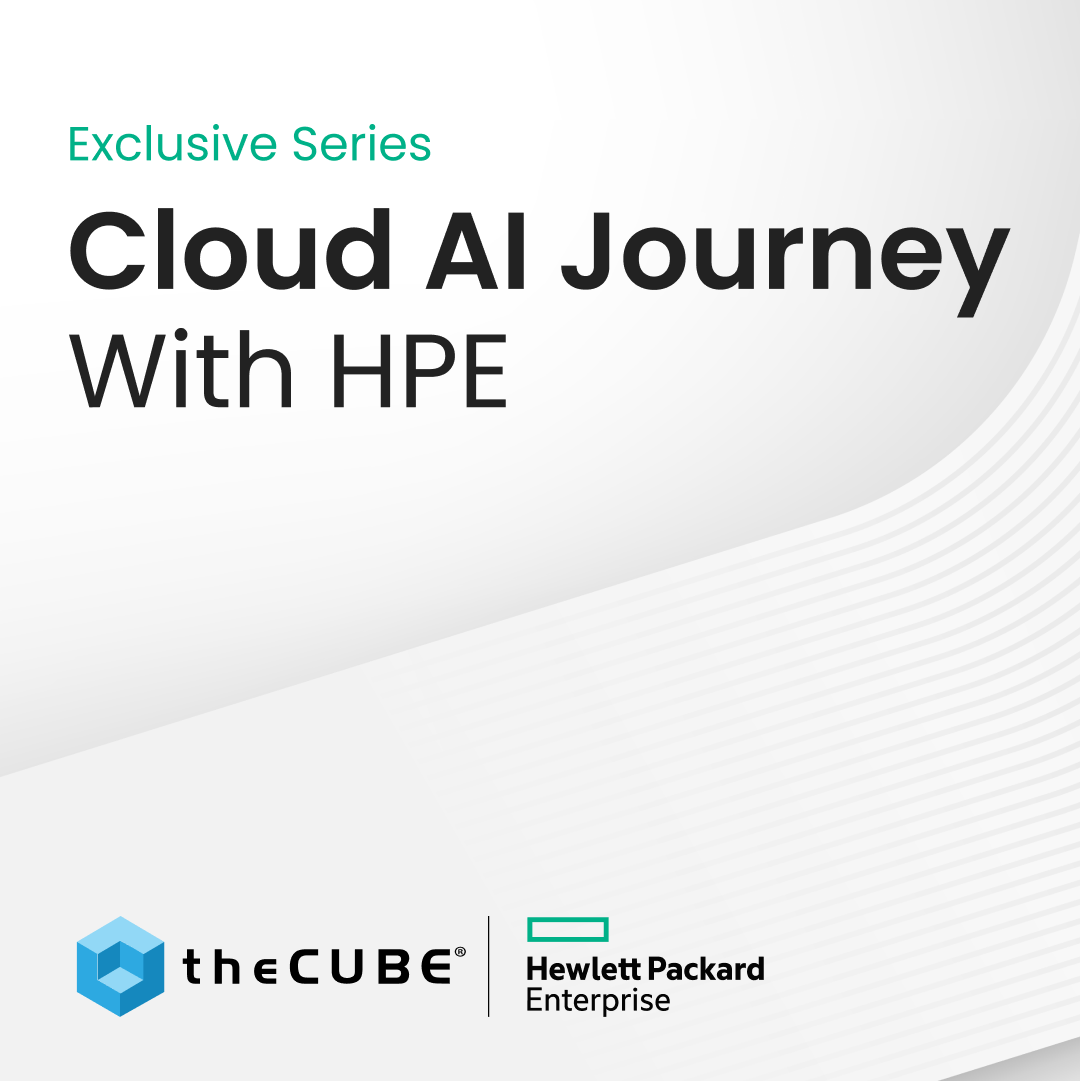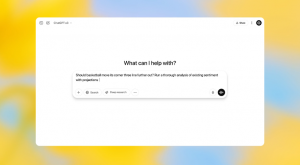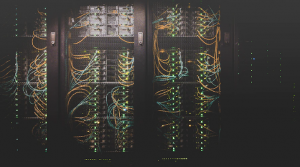Game-Changing Nirvana Phone is Here, Says Citrix’s Chris Fleck
![]() Citrix earlier this year unveiled its Nirvana Phone concept, where a smartphone in combination with a virtualized desktop and applications like XenDesktop and XenApp could plug into a full-sized display, keyboard and mouse and run everything in a hosted environment.
Citrix earlier this year unveiled its Nirvana Phone concept, where a smartphone in combination with a virtualized desktop and applications like XenDesktop and XenApp could plug into a full-sized display, keyboard and mouse and run everything in a hosted environment.
Sound futuristic? Citrix VP of Solutions Development Chris Fleck took it even further in April on his blog when he revealed the NirvanaHelmet, which uses mental telepathy to make physical docking stations obsolete. Okay, that was an April Fool’s joke – the helmet was suspiciously crammed with cables and random hardware – but Fleck says we’ve actually arrived at the Nirvana device era.
“Earlier this year Motorola came with a device called the ATRIX,” he said at Citrix Synergy this week. “Literally, you can plug it into a keyboard and high-res display and run a virtual desktop, and it just works.” The ATRIX is a dual-core Android phone that combined with Citrix’s Receiver software client is designed to offer Nirvana Phone-level functionality. As Fleck told Wikibon.org co-founder David Vellante and SiliconAngle.com editor and founder John Furrier in theCube, the Nirvana device conceptually always made sense but the technology wasn’t ready. This year, with devices like the ATRIX, Fleck thinks we’ve cleared that hurdle.
Smartphones have really changed the desktop virtualization game, Fleck said. “In the typical product roadmap, you talk to your customers and the analysts first to get perspective,” he noted. “When the iPhone came out, the analysts were saying ‘It’s Blackberry, don’t waste your resources on the iPhone.’ Especially with our customer base, the big companies are concerned about security, locking things down and so on.
“So we asked in one blog post whether people were interested in the iPhone, and we got something like 800,000 views, and hundreds of comments about how people wanted it, why they wanted it – it short-circuited the whole [traditional] business case,” Fleck said. “With the iPhone, users starting talking to us directly, even skipping the IT guys. Probably half the comments on the post were from users – doctors, lawyers, professionals who explained why they needed it.”
Looking ahead, there’s no silver bullet for Citrix to be successful, but “from an ecosystems standpoint, we need to collaborate with the big players out there, the Ciscos, the HPs, the storage guys who own some of these environments, come up with solutions, and work with customers,” Fleck said.
“We think this private cloud is kind of an interim step. The real cloud economics translate when you can use a public cloud,” he commented. “You can bridge to it to create this hybrid environment – we think strategically that’s in our favor.” Xen is free and open-source, he noted, so developers can go and build on top of a Xen server, and OpenStack [open-source cloud computing software] should enable a lot of solutions around the public cloud, Fleck said.
A message from John Furrier, co-founder of SiliconANGLE:
Your vote of support is important to us and it helps us keep the content FREE.
One click below supports our mission to provide free, deep, and relevant content.
Join our community on YouTube
Join the community that includes more than 15,000 #CubeAlumni experts, including Amazon.com CEO Andy Jassy, Dell Technologies founder and CEO Michael Dell, Intel CEO Pat Gelsinger, and many more luminaries and experts.
THANK YOU

















